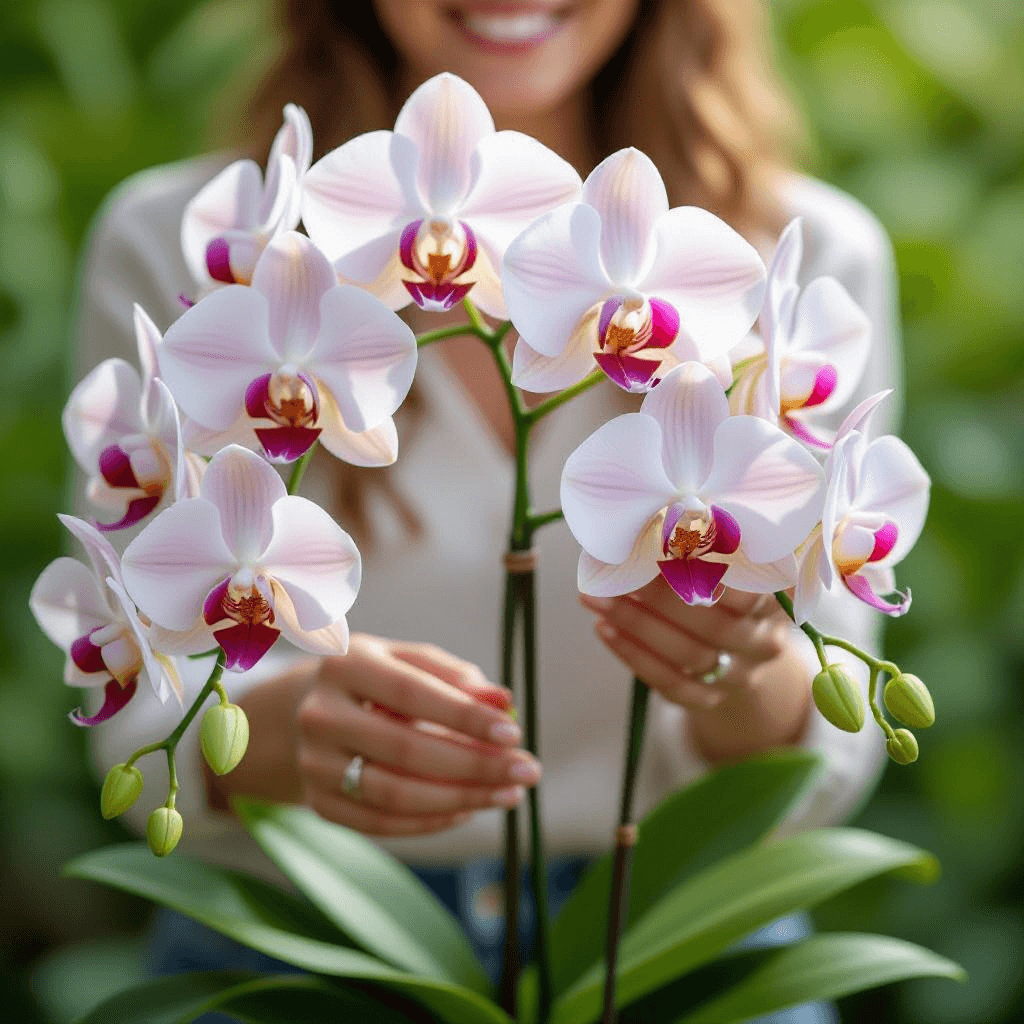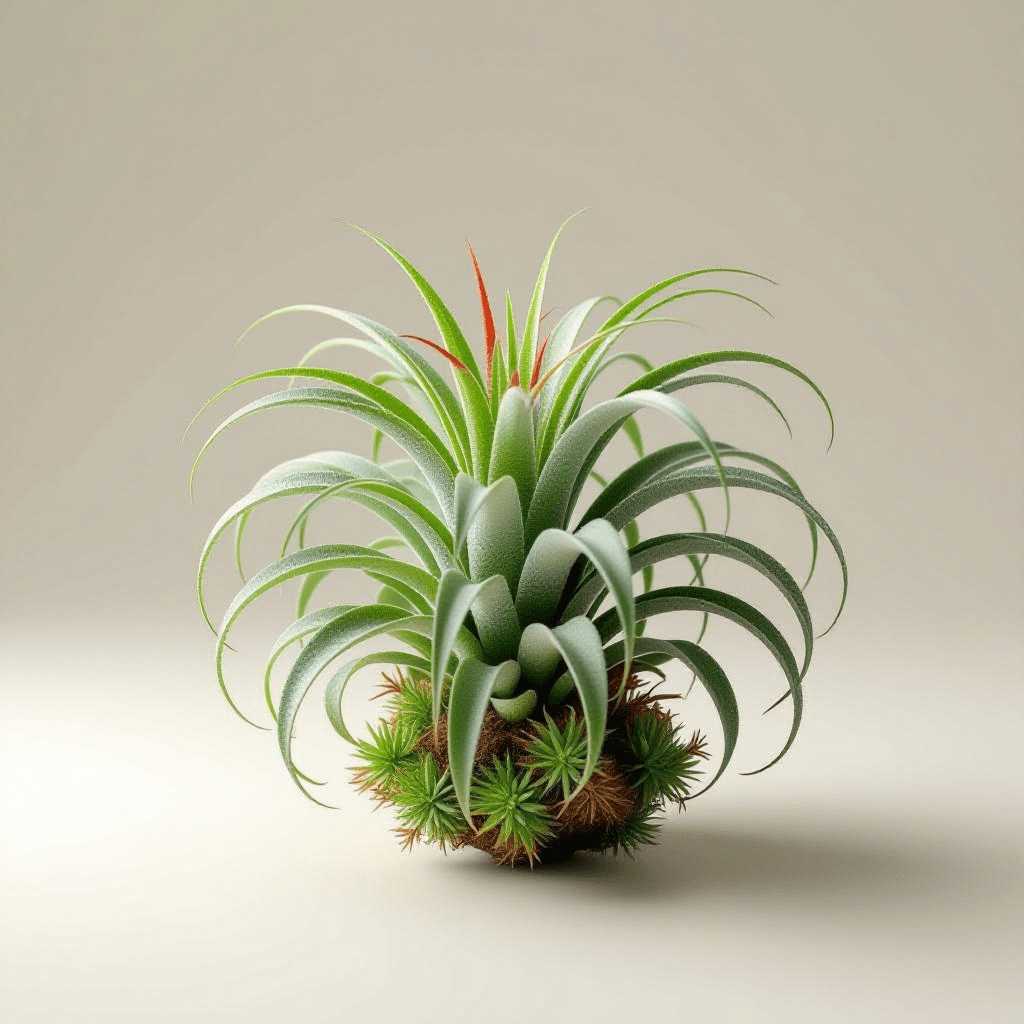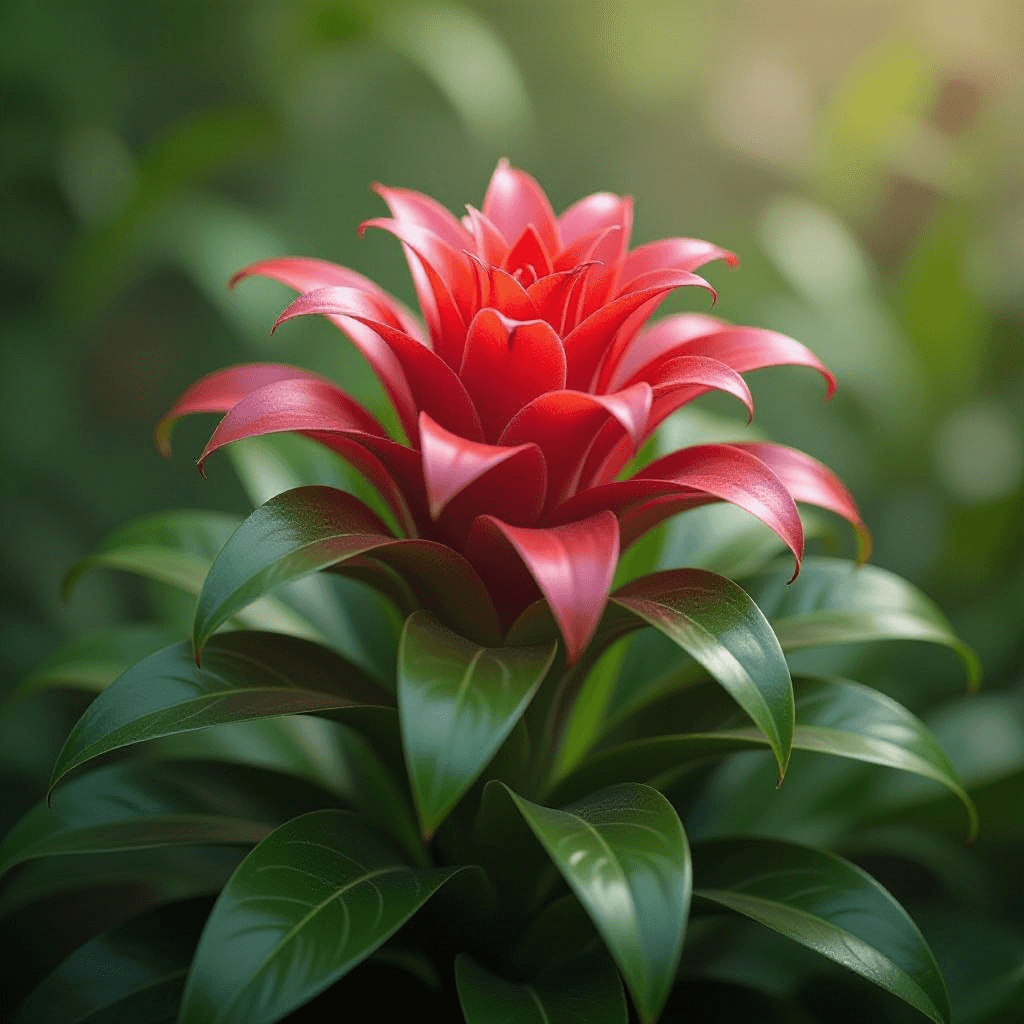Choosing the Right Soil for Orchids
Selecting the appropriate potting medium is fundamental to the successful cultivation of orchids. Unlike traditional houseplants, orchids thrive not in soil but in specialized potting mixes designed to accommodate their unique growth requirements. These potting mediums offer better drainage and aeration, which are crucial for the health of orchid roots.
The most common types of orchid potting mixes typically include components such as bark, sphagnum moss, and perlite. Bark is often the primary ingredient in many orchid mixes, providing excellent drainage and mimicking the natural environment of orchids, which typically grow in tree canopies. Sphagnum moss retains moisture while allowing air to circulate, making it particularly suitable for moisture-loving orchid species. Perlite, a lightweight volcanic glass, enhances aeration and helps to maintain the overall structure of the potting medium, ensuring that the roots do not remain waterlogged.
When choosing a potting medium for orchids, it is essential to consider the plant’s specific needs and the environmental conditions in which they will be grown. For instance, dendrobium and phalaenopsis orchids may prefer a mix high in bark for increased drainage, while other hybrids might thrive in more moisture-retaining media such as sphagnum moss. The right balance of these components contributes to optimal drainage and aeration, fostering a healthy root system, which is vital for nutrient absorption and overall plant vitality.
Furthermore, maintaining proper drainage in the potting mixture is crucial to prevent root rot, a common issue faced by orchid growers. Therefore, it is vital to ensure that the potting medium allows water to flow freely while still retaining some moisture. By carefully choosing the right potting mix, orchid enthusiasts can significantly influence the health and growth of their plants, leading to vibrant blooms and flourishing foliage.
Watering Techniques for Healthy Orchids
Watering orchids requires an understanding of their unique needs compared to other houseplants. Orchids thrive in environments where their roots are allowed to dry out slightly between waterings, making the timing of watering crucial. A general guideline is to water your orchids approximately once a week, but this can vary based on factors such as the type of orchid, the potting medium, and the environmental conditions.
To determine when to water, one efficient method is to lift the pot. If it feels lightweight, it usually indicates that the plant needs water. Additionally, checking the potting medium’s top layer can provide insight; if it’s dry to the touch, it’s time to water. Another important aspect to consider is humidity. Orchids prefer humidity levels between 40% and 70%. In low-humidity conditions, periodic misting can be beneficial, but care should be taken not to oversaturate the leaves, as this can lead to fungal infections.
There are various methods to water orchids. One popular technique is soaking, which involves placing the pot in water for about 10-15 minutes, allowing the roots to absorb moisture from the bottom. This method ensures even saturation of the medium while preventing the roots from sitting in standing water, which could lead to rot. Another technique is misting, which offers additional humidity and helps create a moist microenvironment around the plant. However, it’s essential to avoid excessive misting, as it may encourage mildew development.
Common mistakes include overwatering and using stagnant water, both detrimental to orchid health. It is crucial to use clean, fresh water to avoid introducing pathogens. Prioritizing thorough drainage is also vital; ensure that pots have adequate drainage holes to prevent water accumulation. By understanding the specific watering needs of orchids and implementing these techniques, you can maintain an optimal moisture balance, promoting healthy growth and vibrant blooms.
Lighting Requirements for Optimal Orchid Growth
Orchids are known for their stunning blooms and diverse species, each with unique lighting requirements that cater to their natural habitats. Proper lighting is essential for promoting healthy growth and vibrant flowers. Generally, orchids thrive in bright, indirect sunlight. Direct exposure to harsh sunlight can lead to leaf burn, while insufficient light may inhibit blooming and cause stunted growth.
When assessing the lighting conditions in your home, observe the natural light levels throughout the day. Orchids typically prefer a location where they receive filtered sunlight, such as near an east or west-facing window. A south-facing window can also be suitable, provided you use sheer curtains to diffuse the light. Alternatively, using grow lights can be an effective solution, especially during winter months when natural daylight is limited. LED grow lights are energy-efficient and can be adjusted to provide the specific light spectrum required by different orchid species.
It is crucial to monitor your orchids for signs indicating whether they are receiving the right amount of light. A healthy orchid should have leaves that are bright green; overly dark leaves may be a sign of insufficient lighting, while yellow or scorched leaves signal too much light exposure. If you notice leggy growth, where the stems of the orchid stretch toward the light source, consider repositioning your plant to ensure optimal light exposure.
To achieve ideal lighting conditions, place your orchids in areas where they can receive morning light or dappled light throughout the day. Rotating your orchids can further ensure all parts of the plant receive ample light. By regularly evaluating and adjusting the lighting conditions, you can foster an environment conducive to both growth and flowering, enhancing your overall orchid gardening experience.
Common Mistakes and Troubleshooting Tips for Orchid Care
Growing orchids can prove to be both rewarding and challenging for beginners. However, there are some common mistakes that many novice orchid growers encounter, which can impede the plants’ health and flower production. Understanding these pitfalls is crucial for successful orchid cultivation.
One prevalent issue is the choice of soil. Orchids require a specific potting mix that allows for adequate aeration and drainage. Many beginners make the mistake of using standard potting soil, which retains too much moisture and does not provide the necessary airflow to the roots. It is advisable to opt for an orchid-specific mix, often composed of bark, perlite, and sphagnum moss, which suits their unique needs.
Additionally, the frequency of watering can create problems. Overwatering is a leading cause of root rot, which can be fatal for orchids. Beginners often believe that frequent watering will keep their plants healthy; in reality, it is more beneficial to allow the potting medium to dry slightly between waterings. Checking the moisture level with a finger or a moisture meter can help determine when to water. It is equally critical to ensure proper drainage; using pots with holes in the bottom will facilitate excess water escape.
Lighting is yet another crucial aspect of orchid care. Many growers mistakenly place their orchids in direct sunlight, which can scorch the leaves. Ideally, orchids thrive in bright, indirect light, making a windowsill with filtered sunlight an ideal location. If leaves begin to yellow, it may be an indicator of too much light, while leggy growth often signifies insufficient light.
Regular observation of your orchids will facilitate a happy and healthy growing environment. Identifying early symptoms of distress, such as leaf discoloration or wilting, allows for prompt corrective measures. By adjusting light exposure, modifying watering habits, and choosing the right potting mix, you can significantly improve your orchids’ health, enhancing your growing experience. In conclusion, proactive care and awareness of your plants’ needs will help foster thriving orchids.


